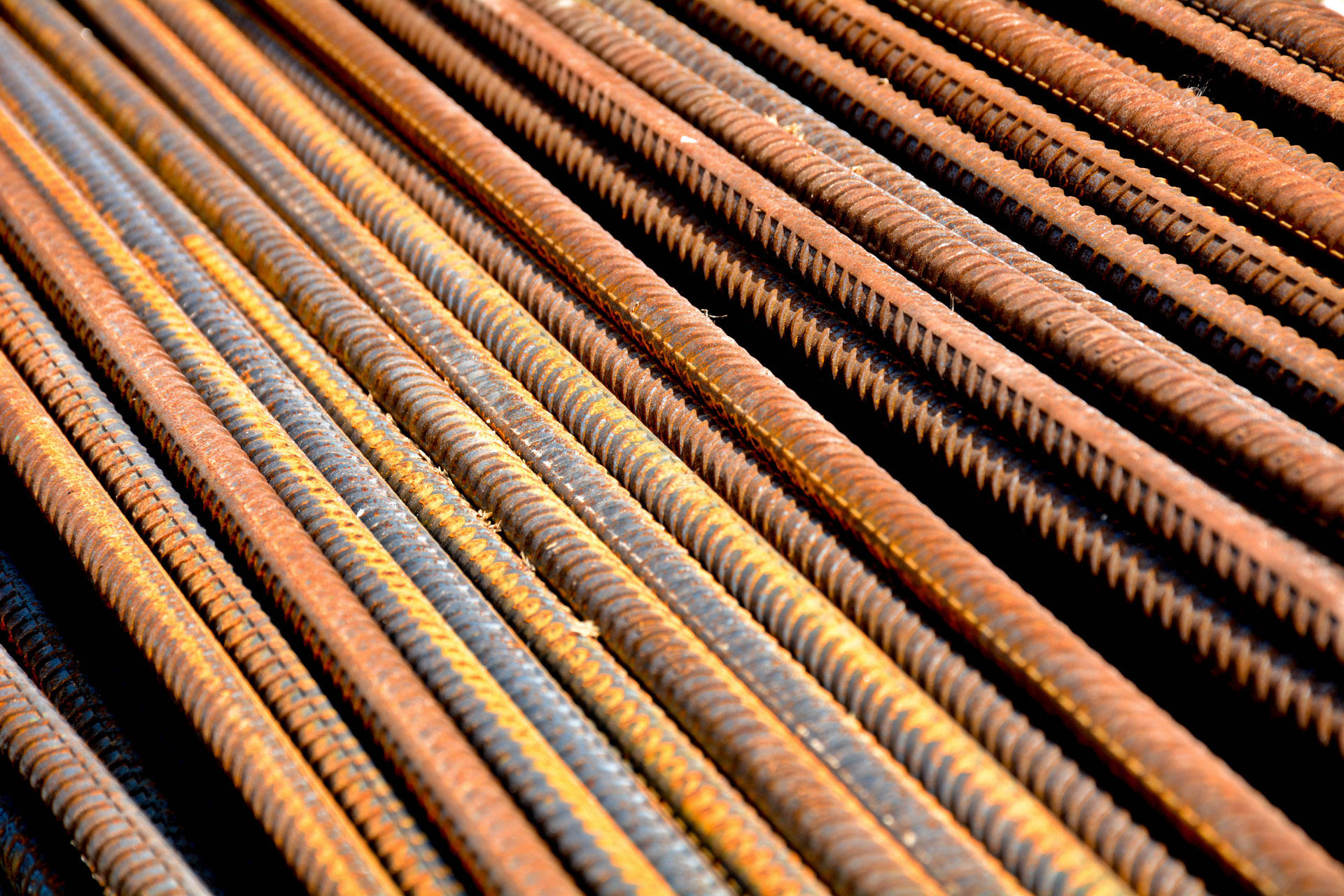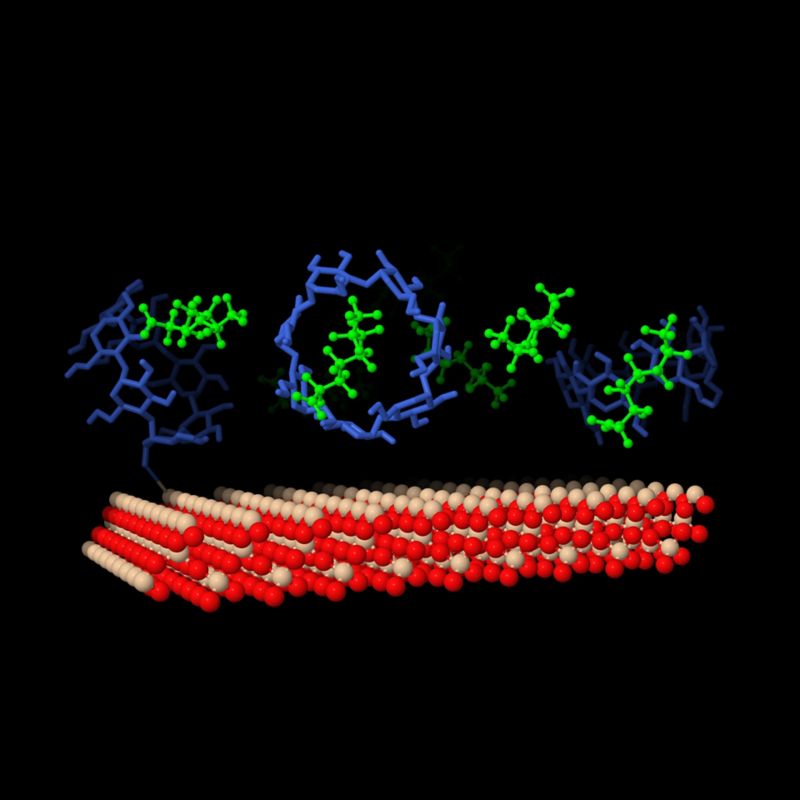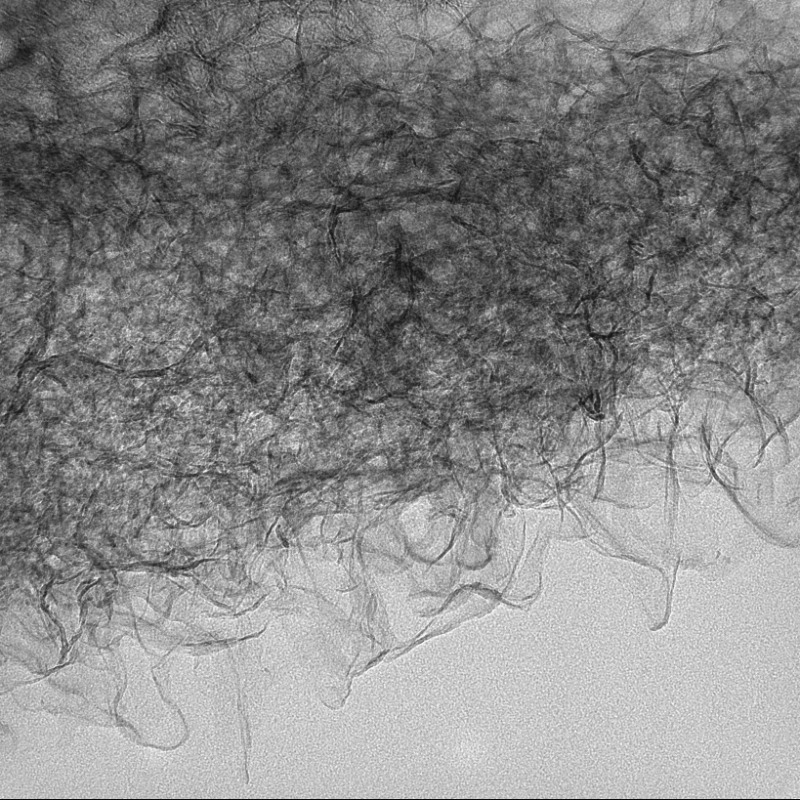PhD abstract: Novel Fast Manufacturing Approaches for Biocompatible Ti-Ta Structure
Guang Zeng - ALUMNUS
PhD abstract: Multifunctional Coatings for Biomedical Mg Alloys
Ming-Shi Song - ALUMNUS
MRes abstract: Cutting Tool Development using a Novel Non-Traditional Manufacturing Process
Aaqil Sameem - ALUMNUS






